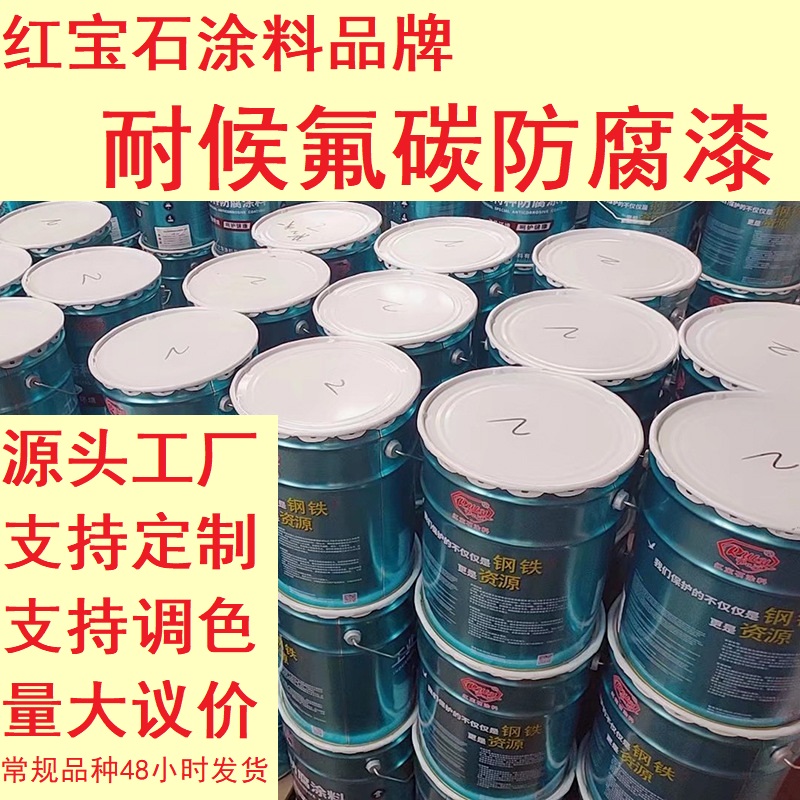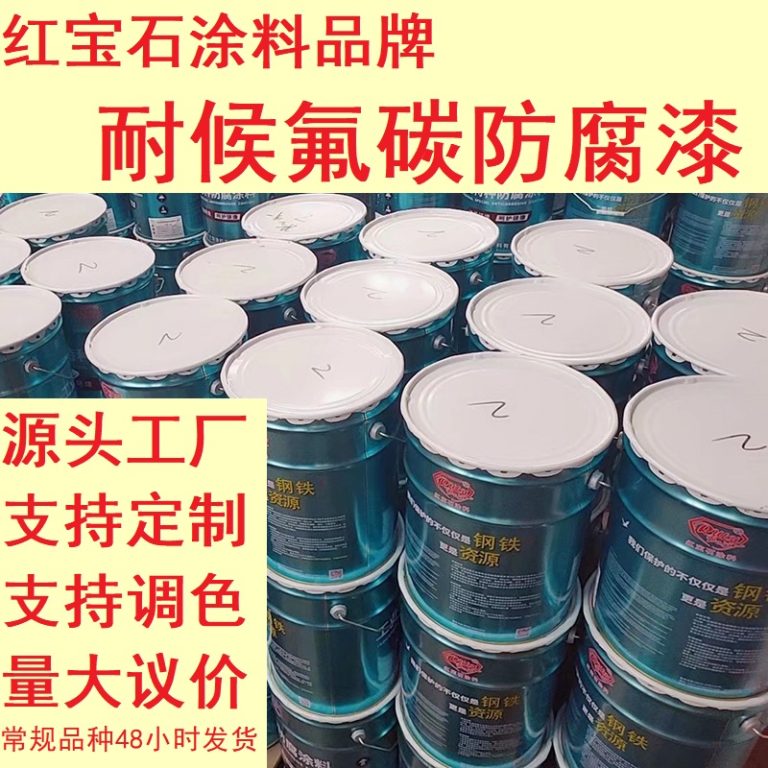Table of Contents
Optimizing Throughput: Strategies for Increasing Efficiency in Industrial Paint Lines
Industrial paint lines play a crucial role in various manufacturing processes, providing a protective coating to products ranging from automobiles to appliances. However, optimizing throughput in these paint lines is essential for manufacturers seeking to enhance efficiency and reduce production costs. By implementing strategic approaches, companies can maximize throughput and achieve greater operational efficiency.

One key strategy for optimizing throughput in industrial paint lines is streamlining the production process. This involves carefully analyzing each step of the paint line, from surface preparation to final curing, to identify potential bottlenecks and inefficiencies. By identifying areas where production slows down or stalls, manufacturers can implement targeted solutions to improve workflow and increase throughput.
Automation is another vital component of optimizing throughput in industrial paint lines. By automating repetitive tasks such as material handling, coating application, and quality control, manufacturers can significantly reduce cycle times and increase overall efficiency. Advanced robotics and computerized systems can perform these tasks with precision and consistency, allowing for faster production rates and higher throughput.
In addition to automation, optimizing paint line layout and design can also enhance throughput. By organizing equipment and workstations in a logical and efficient manner, manufacturers can minimize material handling time and reduce the risk of bottlenecks. Strategic placement of conveyors, curing ovens, and inspection stations can streamline workflow and facilitate a smooth production process.
Furthermore, implementing lean manufacturing principles can help maximize throughput in industrial paint lines. By eliminating waste and optimizing resource utilization, manufacturers can achieve higher levels of efficiency and productivity. This may involve reducing setup times, minimizing inventory levels, and implementing continuous improvement initiatives to streamline operations and increase throughput.
Another effective strategy for optimizing throughput is implementing predictive maintenance practices. By monitoring equipment performance and identifying potential issues before they escalate into major problems, manufacturers can minimize downtime and ensure uninterrupted production. Predictive maintenance techniques such as vibration analysis, thermography, and oil analysis can help detect equipment failures early, allowing for timely repairs and maximum uptime.
Moreover, investing in advanced technology and equipment upgrades can also enhance throughput in industrial paint lines. Upgrading to high-performance coating systems, incorporating energy-efficient curing technologies, and utilizing state-of-the-art automation solutions can all contribute to faster production rates and increased throughput. By staying abreast of the latest advancements in paint line technology, manufacturers can remain competitive and achieve greater efficiency in their operations.
Furthermore, effective workforce training and development are essential for optimizing throughput in industrial paint lines. By providing employees with the necessary skills and knowledge to operate equipment safely and efficiently, manufacturers can minimize errors and maximize productivity. Ongoing training programs can also keep workers informed about new techniques, technologies, and best practices, ensuring that they are equipped to perform at their best and contribute to increased throughput.
In conclusion, optimizing throughput in industrial paint lines requires a multifaceted approach that encompasses streamlining production processes, leveraging automation, optimizing layout and design, implementing lean principles, adopting predictive maintenance practices, investing in technology upgrades, and providing effective workforce training. By implementing these strategies, manufacturers can increase efficiency, reduce costs, and ultimately achieve greater success in their paint line operations.
Sustainability in Industrial Paint Lines: Eco-Friendly Practices and Technologies
Industrial paint lines play a crucial role in numerous manufacturing processes, providing the finishing touches to products ranging from automobiles to appliances. However, as industries face increasing pressure to minimize their environmental footprint, the traditional methods of painting have come under scrutiny for their contribution to pollution and resource depletion. In response, manufacturers are adopting eco-friendly practices and technologies to make their paint lines more sustainable.
One key area of focus in enhancing the sustainability of industrial paint lines is the reduction of volatile organic compounds (VOCs). VOCs are chemicals that evaporate into the air during the drying and curing process of paints, contributing to air pollution and posing health risks to both humans and the environment. To address this issue, manufacturers are investing in low-VOC or zero-VOC paint formulations. These formulations contain lower levels of harmful chemicals, thereby reducing emissions and improving air quality in and around paint facilities.
Another important aspect of sustainable paint lines is the efficient use of resources, particularly water and energy. Traditional paint application methods often involve excessive use of water for cleaning equipment and flushing out paint lines. Moreover, energy-intensive drying processes contribute to high energy consumption and carbon emissions. To mitigate these impacts, manufacturers are implementing closed-loop water systems and investing in energy-efficient equipment. Closed-loop water systems recycle and treat water used in the painting process, reducing overall water consumption and minimizing wastewater discharge. Similarly, energy-efficient drying technologies, such as infrared and UV curing systems, require less energy and result in shorter curing times, thereby reducing the environmental impact associated with energy use.
Furthermore, the adoption of robotic automation in industrial paint lines has contributed to both environmental and economic sustainability. Robotic paint application systems offer greater precision and consistency compared to manual methods, resulting in reduced paint wastage and improved product quality. Additionally, robots can operate continuously with minimal downtime, optimizing production efficiency and reducing overall resource consumption. By automating repetitive and labor-intensive tasks, manufacturers can also improve worker safety and well-being, further enhancing the sustainability of their operations.
In addition to technological advancements, sustainable paint lines also emphasize the importance of responsible waste management and recycling practices. Paint residues and overspray generated during the painting process can pose environmental hazards if not properly managed. To address this challenge, manufacturers are implementing waste reduction strategies, such as reclaiming and recycling overspray, and partnering with recycling facilities to ensure proper disposal of hazardous waste materials. By minimizing waste generation and maximizing resource recovery, companies can minimize their environmental footprint and contribute to a circular economy.
In conclusion, sustainability in industrial paint lines is a multifaceted endeavor that requires the adoption of eco-friendly practices and technologies across all stages of the painting process. From reducing VOC emissions and optimizing resource use to embracing robotic automation and implementing responsible waste management practices, manufacturers are taking proactive steps to make their paint lines more environmentally sustainable. By prioritizing sustainability, companies not only mitigate their impact on the environment but also drive innovation and competitiveness in the manufacturing industry. Through continued collaboration and innovation, the future of industrial paint lines holds promise for a more sustainable and environmentally conscious approach to painting.
The Role of Automation and Robotics in Modern Industrial Paint Lines
Industrial paint lines play a crucial role in various manufacturing sectors, providing the finishing touch to products ranging from automobiles to appliances. In recent years, the integration of automation and robotics has transformed the landscape of these paint lines, revolutionizing efficiency, precision, and overall productivity. This article delves into the pivotal role of automation and robotics in modern industrial paint lines, highlighting their impact on quality, cost-effectiveness, and environmental sustainability.
Traditionally, industrial paint lines relied heavily on manual labor for tasks such as surface preparation, painting, and quality inspection. However, manual processes were inherently prone to inconsistencies, leading to variations in coating thickness, surface finish, and overall product quality. Moreover, manual labor often resulted in longer processing times and increased operational costs.
Enter automation and robotics. These advanced technologies have revolutionized industrial paint lines by automating various processes, thereby reducing human error and improving overall efficiency. Automated systems are capable of precise and uniform coating application, ensuring consistent quality across all manufactured products. By streamlining processes and minimizing human intervention, automation has significantly reduced processing times, leading to higher throughput and improved productivity.
One of the key advantages of automation in industrial paint lines is its ability to enhance quality control. Advanced sensors and monitoring systems allow for real-time quality inspection, enabling immediate detection and rectification of any defects or inconsistencies. This proactive approach not only ensures superior product quality but also minimizes the likelihood of costly rework or recalls.
In addition to quality improvements, automation has also brought about significant cost savings for manufacturers. By optimizing resource utilization and minimizing waste, automated paint lines help reduce operational costs associated with labor, materials, and energy consumption. Furthermore, the increased efficiency and throughput afforded by automation enable manufacturers to meet growing demand without necessitating significant investments in additional infrastructure or manpower.
However, perhaps the most compelling benefit of automation in industrial paint lines is its positive impact on environmental sustainability. Automated systems are designed to minimize waste generation and reduce environmental footprint by optimizing paint usage and recycling resources wherever possible. Moreover, by ensuring precise coating application, automation helps minimize overspray and emissions, thereby mitigating potential environmental hazards associated with traditional painting processes.
The integration of robotics further enhances the capabilities of automated paint lines, allowing for even greater flexibility, precision, and adaptability. Robotic arms equipped with advanced end-of-arm tooling can navigate complex geometries and apply coatings with unparalleled accuracy. This level of precision not only improves product quality but also enables manufacturers to explore new design possibilities and innovate more effectively.
Furthermore, robotics enable seamless integration with other manufacturing processes, facilitating a holistic approach to production optimization and efficiency. Whether it’s material handling, part manipulation, or surface treatment, robotic systems can be customized to perform a wide range of tasks with minimal human intervention, thereby maximizing overall productivity and throughput.
In conclusion, automation and robotics have emerged as game-changers in the realm of industrial paint lines, revolutionizing the way products are coated, finished, and inspected. By leveraging advanced technologies, manufacturers can achieve unprecedented levels of efficiency, quality, and sustainability in their paint line operations. As automation continues to evolve and become more sophisticated, the future of industrial paint lines promises to be even more innovative and transformative.




